Crypto mining comes in many shapes and sizes, from mega mines under the blazing Texas sun to small facilities nestled in Italy’s snowy Alps.CoinDesk r
Crypto mining comes in many shapes and sizes, from mega mines under the blazing Texas sun to small facilities nestled in Italy’s snowy Alps.
CoinDesk reporters traveled across Europe, Asia and North America to capture the diversity of crypto mining farms. Mining is a little understood industry, in large part because miners tend to be extremely secretive. Security concerns coupled with regulatory uncertainty have made this industry wary of the limelight. The fact that many miners started as maverick entrepreneurs plugging straight into hydropower plants in China did not help the industry’s reputation..
As a result, the image often conjured up when thinking of crypto miners is one of gigantic facilities burning fossil fuels or stealing electricity from the grid – which is far from the whole truth. The public debate around crypto mining understandably relies on this image, as incomplete as it is.
There is no question that crypto mining requires energy. Miners convert it into hashes, or algorithmically produced strings of letters and numbers. These represent the “guesses” that each mining rig makes in trying to “find” a new bitcoin block. The best miners can produce over 100 terahashes per second (TH/s). The latest model from Bitmain, the biggest manufacturer of specialized mining hardware, can reach 255 TH/s. (One terahash equals 1 trillion hashes. One petahash represents 1 quadrillion hashes. One exahash represents 1 quintillion hashes.)
The industry today employs a patchwork of approaches to this task, and it has grown in innovation and sophistication over the years.
This photo essay is aimed at informing the conversation around crypto mining by showing its modes of existence, many of which are powered by renewable energy.
Kryptovault, Hønefoss, Norway
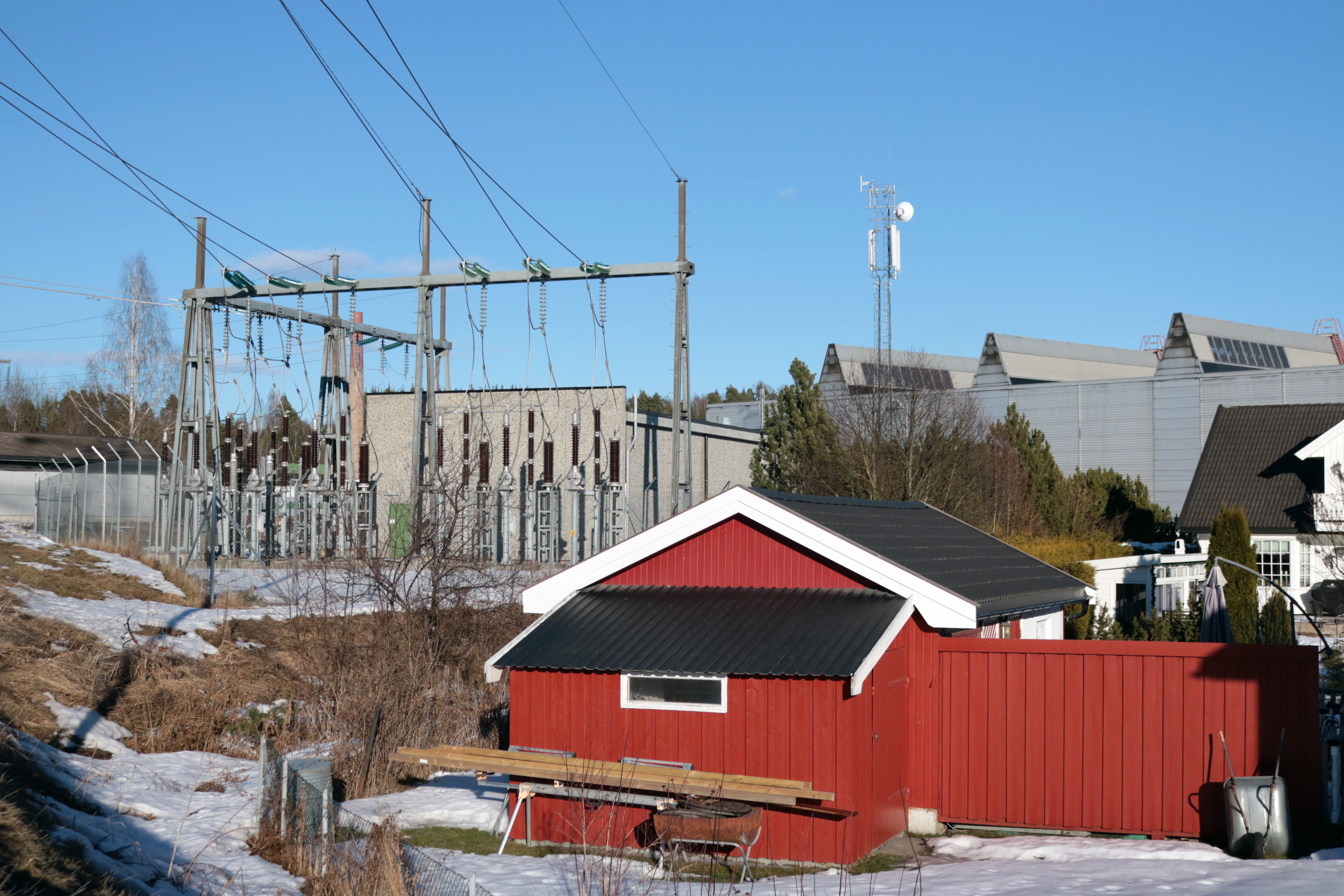
Electricity sub-station that powers a bitcoin mining farm in the suburbs of Hønefoss, Germany. (Eliza Gkritsi)
Just an hour outside Oslo, the capital of Norway, lies Hønefoss (population: 14,000). When CoinDesk visited in late February it was an unusually sunny day for winter, and the snow was slowly melting. The cold weather is perfect for a crypto mining farm, as it decreases the cost of cooling the machines.
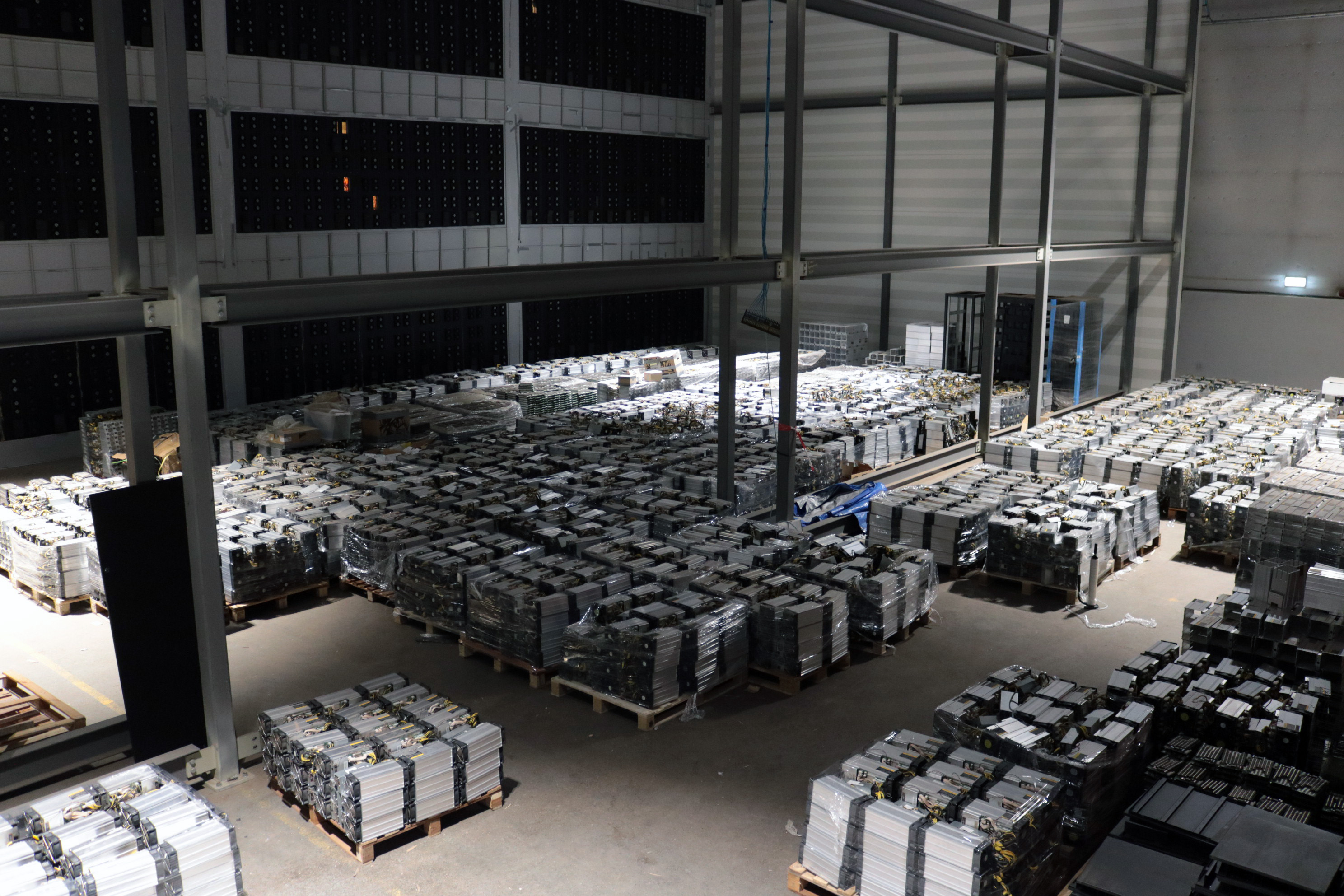
Retired Bitmain ASICs at Kryptovault’s facility in Norway. (Eliza Gkritsi)
Oslo-based Kryptovault runs a 40-megawatt (MW) crypto mine in the suburbs. Of that capacity, only 18 megawatts are currently running, CEO Kjetil Pettersen told CoinDesk during a tour. The firm unplugged all of its Bitmain Antminer S9s in late 2021 and is replacing them with newer, and more energy-efficient S19s.
This is a common practice among crypto miners: as newer machines come online, older models can’t keep profits up, unless the operation has access to very cheap electricity.
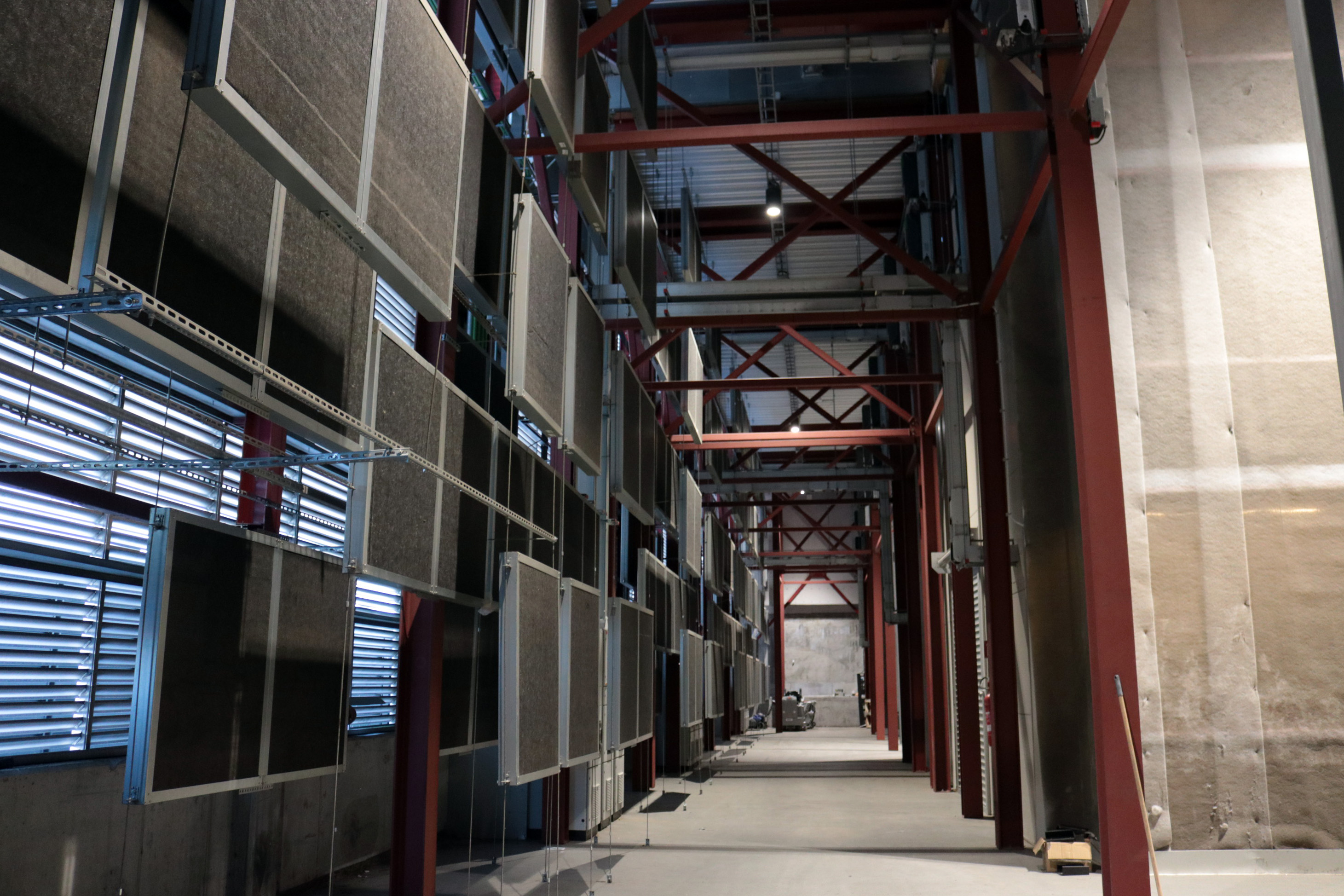
Kryptovault installed noise-cancelling panels, seen at left, at its Hønefoss mine after complaints from neighbors. (Eliza Gkritsi)
Due to the facility’s proximity to the residential area and complaints from the neighbors, Kryptovault had to spend just under $2 million to install noise-reducing panels.
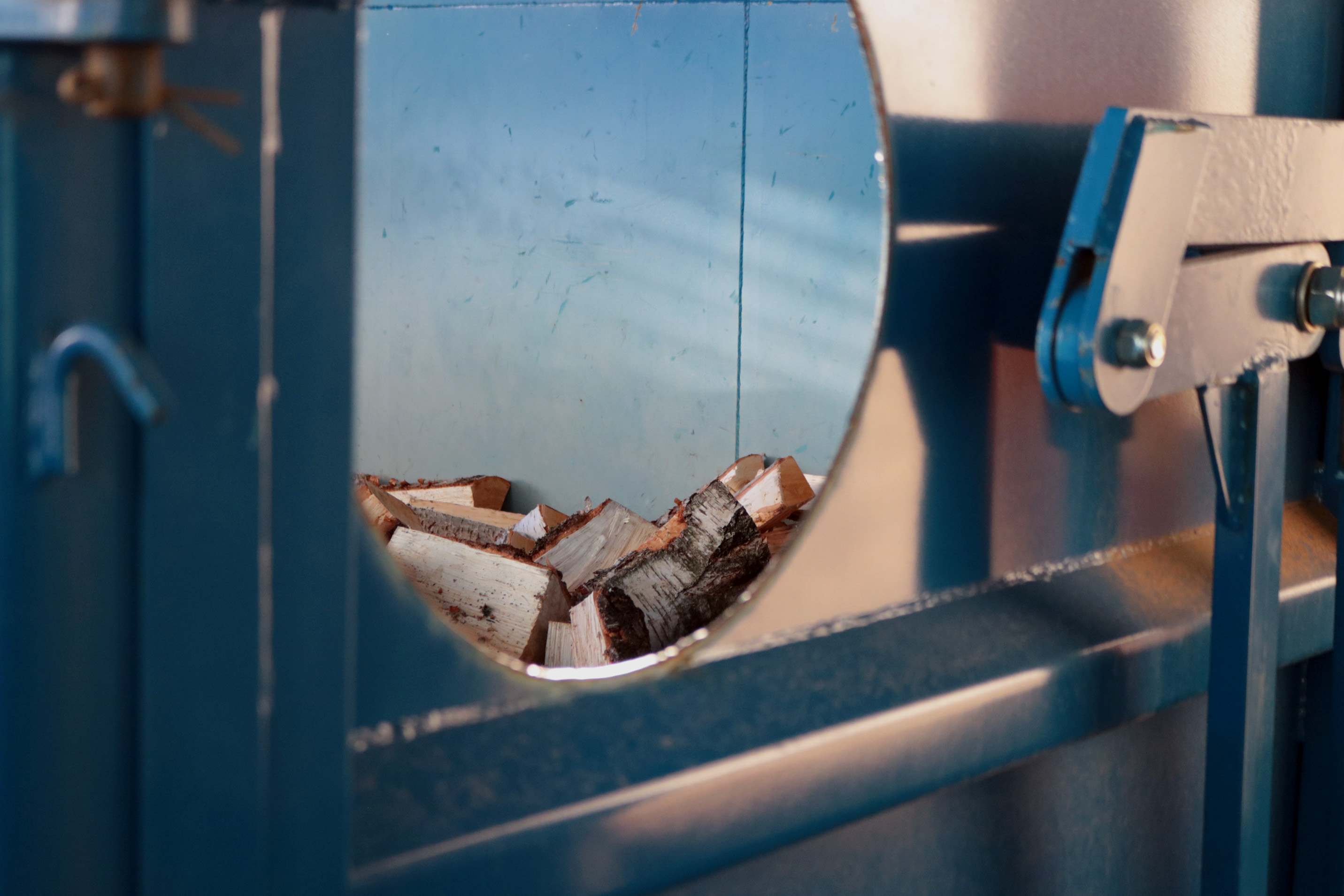
Wood drying in a container using heat produced from the bitcoin mining rigs at the Kryptovault mining farm in Norway. (Eliza Gkritsi)

Heat is pumped from the room where the bitcoin mining ASICs are working into containers where wood is dried at the Kryptovault mining farm in Norway. (Eliza Gkritsi)
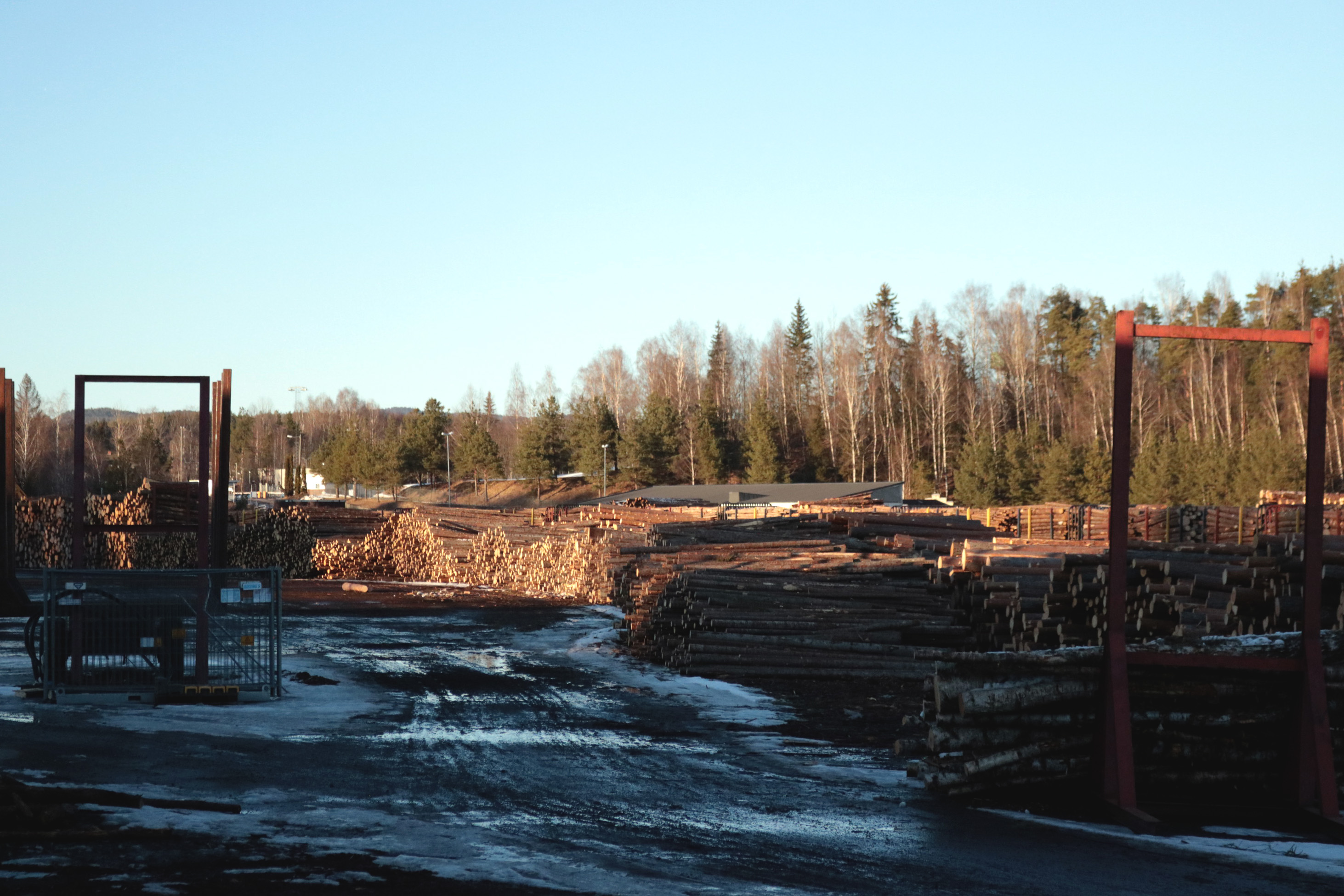
Piles of wood waiting to be dried, outside Kryptovault’s mining farm in Norway. (Eliza Gkritsi)
The Kryptovault mine is also offering a byproduct of bitcoin (BTC) mining to a local company for free: heat. A lumber company is using the excess heat from the computation to dry wood that it later sells. Heat from the mining rigs is pumped into containers outside the facility where the wood is dried.
South Spain, PoW Energy, PoW Containers, Meatze
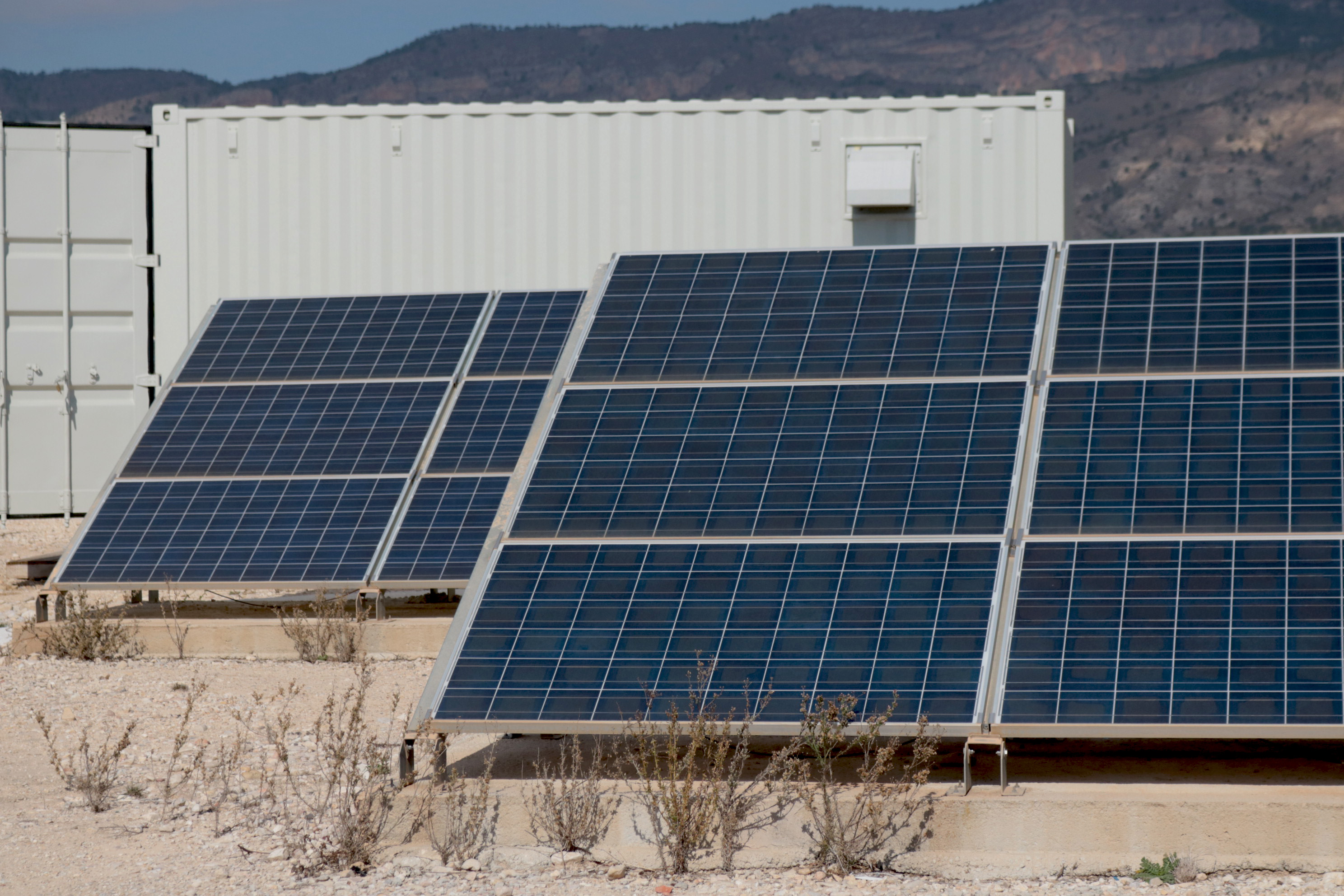
Solar panels power the mining rigs in a container. (Eliza Gkritsi)
We drove from Madrid to the south of Spain for about four hours to visit the PoW Containers mining farm. We passed through countless almond and olive groves, took several turns down country roads, including one long dirt road, to arrive at the solar-powered mine.
This general-purpose solar farm has a maximum capacity of 10MW, and the bitcoin mine consumes in about 500 kilowatts (KW) – a tiny portion. The mine is a hedge for the farm which otherwise only has one option, to sell the energy to the grid, said Jon Arregi, founder of Meatze and Proof of Work Containers, two firms that are building modular container mines and deploying them at sites across Europe. Similarly, at night the mine draws its energy from the grid.

Left, the electricity transformer that feeds power straight to the mining container on the right, at a small mining farm in southern Spain. (Eliza Gkritsi)
Electricity from the solar farm is converted from low to high voltage and is pumped straight into the machines, Arregi said.
The mining machines, which produce about 12 petahashes/second in total, are housed in an unmarked container to avoid…
www.coindesk.com